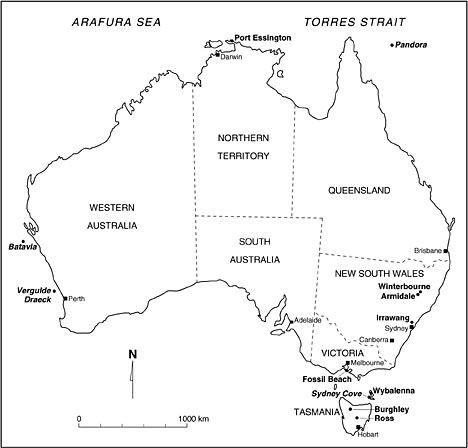

 | Page 115 |  |
argued that the remains of the settlement at Port Essington could best be understood, not as a failed attempt at colonization, but as a successful, if short-term, display of British military presence in the region that achieved a number of strategic imperial functions. Birmingham’s (1976) study of James King’s Irrawang pottery emphasized that the ready availability of cheap, industrial wares imported from Great Britain reduced the viability of any local craft tradition and that King, who was not a potter himself, succeeded because of his skills as an entrepreneurial industrialist rather than as a craftsman. In his study of the great house at Winterbourne (Connah, Rowland, et al. 1978), Connah was able to demonstrate the various English antecedents for local building traditions and also to document the taphonomic processes by which the house was first built and then later dismantled, a process that itself shed light on the changing structure of pastoral work.

Australian Historical Archaeological Sites
Published studies have predominantly dealt with site-based excavations and surveys. Artifact studies have not been as numerous, and on the whole, the systematic analysis of Australian assemblages has not reached its full potential (Lawrence 1999). However, a series of preliminary articles initially published in the ASHA Newsletter did establish important groundwork